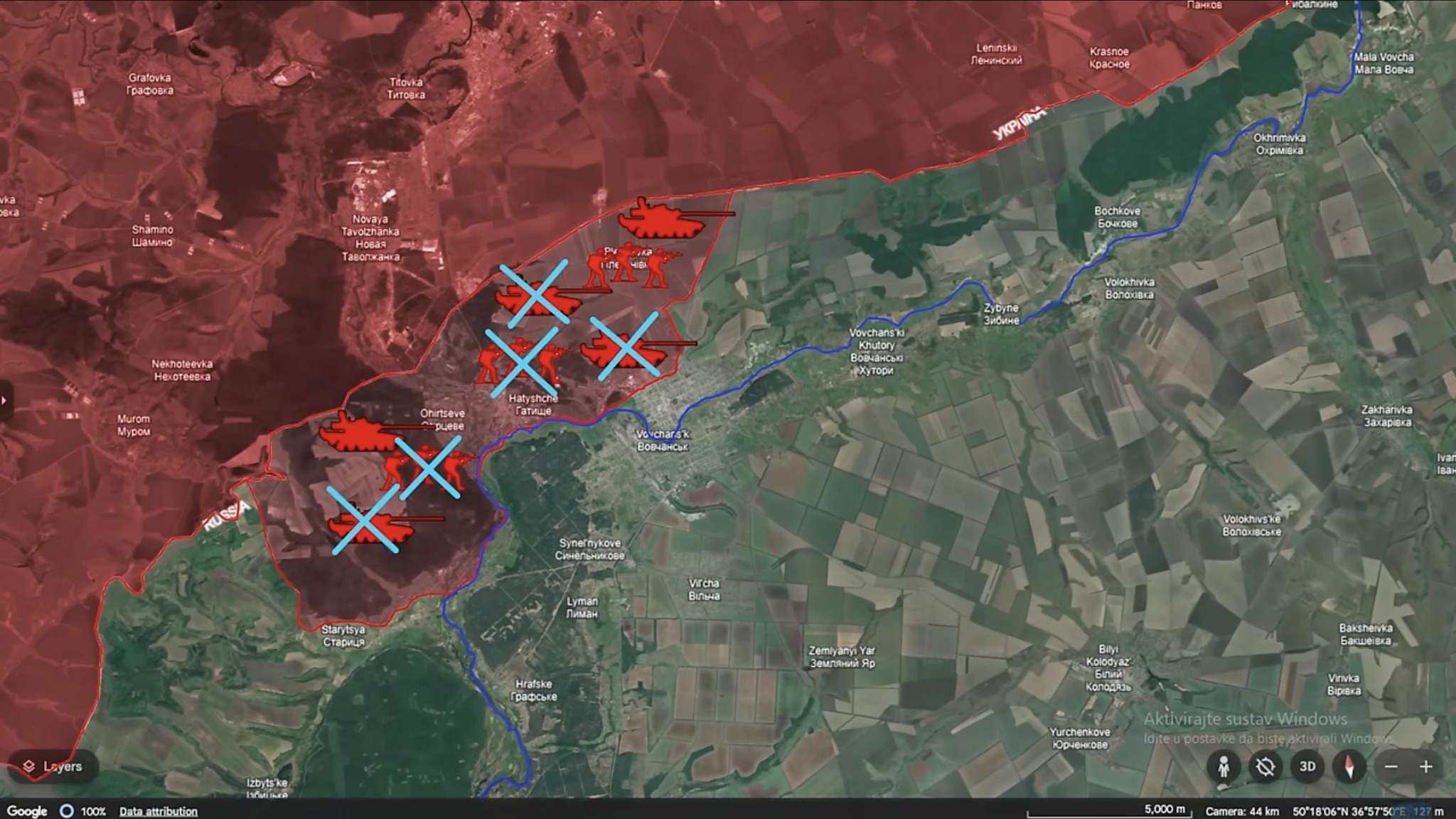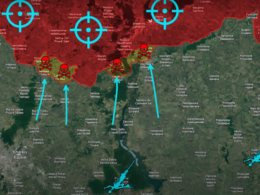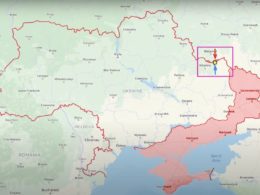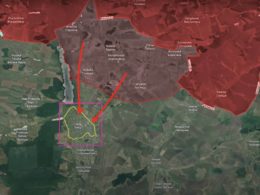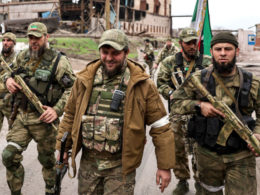Day 822: May 25
As of 25 May, there are a lot of updates from the Kharkiv direction.
Note: On 10 May, Russian forces launched an offensive in Kharkiv direction, with a city of Vovchansk being their main target.
In Vovchansk area, Russian forces conducted strikes on bridges over the Siversky-Donets and Vovcha rivers in hopes of improving their chance of degrading Ukrainian ground lines of communication and quickly seizing Vovchansk.
Bridge strikes
The most critical Russian strike targeted the Siversky-Donets Dam bridge near Stary Saltiv. For this operation, Russians used a Kh-38 air-to-surface missile with a two-hundred-and-fifty-kilogram high-explosive warhead. Kh-38 has a forty-kilometer range, while the bridge is only twenty-five kilometers from the Russian border, making it very vulnerable.
Ukrainian air defenses had no time to react to the missile launch because it was launched too close to the target, leaving no time for interception. The footage of the strike on the bridge was recorded by an Orlan-Thirty reconnaissance drone, which was likely assigned to report on the success of the strike and correct the strike if needed.
This bridge near Stary Saltiv is the most crucial supply line connecting the group of forces in Kharkiv with other Ukrainians defending both Vovchansk and Kupiansk.
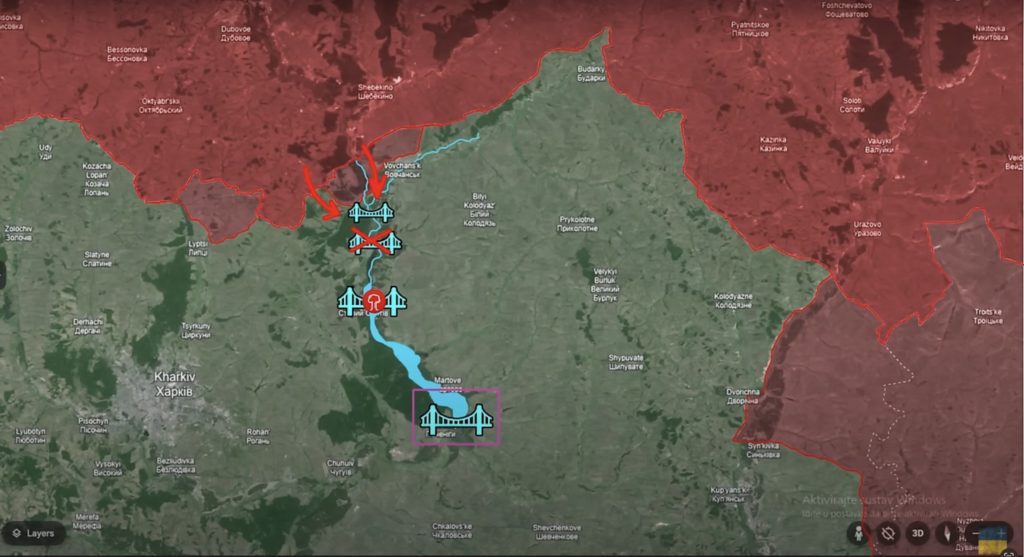
With the bridge near Rubizhne being destroyed during the first Kharkiv offensive, and with the bridge near Buhrovatka being too close to the frontline to be used for relocation of substantial forces, Ukrainians were left only with the bridge on the Pechenihy dam as the only remaining Ukrainian ground line of communication to Vovchansk and Kupiansk.
Such developments led to a considerable increase of the supply shoulder, as the route through Stary Saltiv was only 78 kilometers long, while the route through Pechenihy is 120 kilometers long, increasing the time needed for relocation almost by two times.
The key idea behind destroying all the bridges north of the Pechenihy dam was to quickly isolate the battlefield east of the river by preventing Ukrainian forces in Kharkiv from supporting Ukrainian forces defending against ongoing Russian attacks near Vovchansk. The rapid degradation of Ukrainian ground lines of communication was meant to facilitate a rapid seizure of Vovchansk, while inflicting minimal damage to the town.
Why Russians chose Vovchansk as target?
The Russian military command likely chose the seizure of Vovchansk as one of the key tactical objectives of the first phase of the offensive operation in northern Kharkiv Oblast, since Vovchansk is the largest settlement immediately on the border that would provide Russian forces a staging ground close to the Russian rear to prepare for and launch the second phase of the Russian offensive operation.
In order to preserve the town for later use, Russian forces attempted to take it by conducting an encirclement operation instead of a head-on assault. In order to set conditions for the encirclement operation, Russian forces tried to isolate the battlefield even more by destroying another bridge near Tykhe. The destruction of this bridge prevented Ukrainian forces from maneuvering along the border and crushing the flanks of the advancing Russian forces east of Vovchansk.
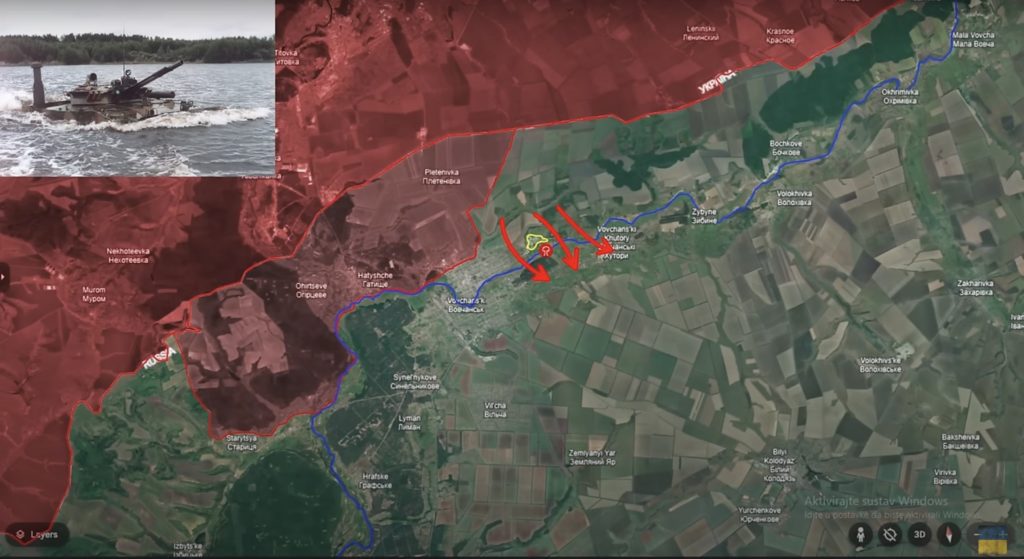
At first glance, the bridge's destruction seems like a self-sabotage for further Russian efforts, but Russian armored vehicles, including BMPs and BTRs, are amphibious and can be used for assaults across the narrow Vovcha River. Such Russian armored assaults do not guarantee success but would improve over current pure infantry assaults across the river.
Trending Now
The main objective of the encircling forces was to establish control over the small forest east of the southern part of the town. Geolocated footage showed repeated artillery strikes on Ukrainian positions there as part of artillery preparation ahead of the storming operation.
Russian army failures in Kharkiv offensive
Unfortunately for Russians, the Russian assaults near Tikhe brought no results since assault groups must move for up to five kilometers from the border across open fields to reach the village. Because of this exposure, many pieces of Russian equipment were hunted and destroyed by Ukrainian FPV drone strikes.
So far, Ukrainian FPV drone operators managed to destroy two BMP-2 infantry fighting vehicles, destroy a tank and two supply vehicles and damage two more tanks. However the main reason why the Russian encirclement operation failed was the fact that they effectively failed to isolate the battleground and Ukrainian forces managed to increase the number of troops, defending Vovchansk in time.
Moreover, Russian forces currently deployed in Vovchansk are insufficient for prolonged offensive operations. At this moment Russians have deployed 8,000 troops at most in the whole Kharkiv direction, meaning that they have 5,000 troops at most in the Vochansk area.
The fact that this offensive group is limited in numbers makes it sensitive to high losses, requiring more frequent troop rotations that inevitably delay their attacks.
Overall despite a rapid concerted effort to isolate Ukrainian forces in Vovchansk to conduct a quick encirclement operation on the understrength Ukrainian forces, the Russian encirclement operation failed.
Russian forces not only underestimated the reaction speed of the Ukrainian command to these developments but also did not take into account the openness of the area in front of Vovchansk, which led to the destruction of significant portions of Russian assault units before they even got to outflank Ukrainian forces, resulting in huge losses to drone strikes.
The limited number of Russian troops involved Vovchansk combined with their susceptibility to high losses and the need for frequent rotations significantly hampers their ability to sustain prolonged offensive operations.
In our daily frontline report, we pair up with the military blogger Reporting from Ukraine to keep you informed about what is happening on the battlefield in the Russo-Ukrainian war.

